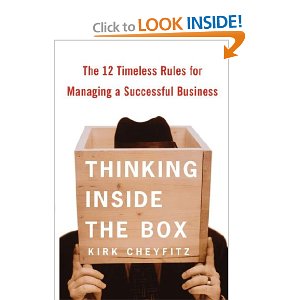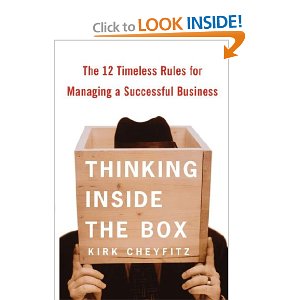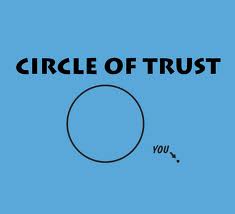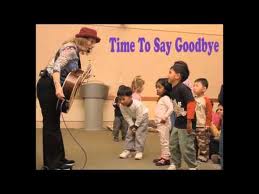 Welcome to O.D. Fridays at DonorDreams blog. Every Friday for the foreseeable future we will be looking more closely at a recent post from John Greco’s blog called “johnponders ~ about life at work, mostly” and applying his organizational development messages to the non-profit community.
Welcome to O.D. Fridays at DonorDreams blog. Every Friday for the foreseeable future we will be looking more closely at a recent post from John Greco’s blog called “johnponders ~ about life at work, mostly” and applying his organizational development messages to the non-profit community.
Today, I am focusing on a post that John wrote about “Decision Fatigue,” which is a fascinating organizational development concept that applies perfectly to so many different aspects of non-profit work life. I mean come on, John! It would be soooooo tempting to expand on the “Kissing while driving for non-profit agencies” post from March 9, 2012 and talk about the utter insanity behind most executive director’s day-to-day routines. But I won’t do that and instead decided to focus on the board of directors.
After reading John’s post this morning, I was transported back in time to March 20, 2000. I will never forget that day because it was my first day on the job as a newly minted executive director.
At the top of every new CEO’s “To Do List” is a whirlwind tour of meeting board members. This is one of the most important first tasks because you are trying to get a feel for:
- what is going on throughout the organization
- what personalities are sitting around the boardroom table
- how decisions get made in the board room
 When I stuck the thermometer in the turkey on March 20, 2000, it immediately registered “DECISION FATIGUE“.
When I stuck the thermometer in the turkey on March 20, 2000, it immediately registered “DECISION FATIGUE“.
This board had operated for more than six months without an executive director. Some of the people during our first meeting even told me of their plans to resign. Needless to say, within the first 90 days the board roster shrank from 20 people strong to 11 very weary individuals who bravely faced the future and simply said, “FORWARD!”
The list of decisions that fatigued the board prior to hiring an executive director is endless, but here are just a few of those decisions they routinely faced:
- Where are we meeting? What time?
- What’s on the agenda?
- Who is attending? Do we have quorum?
- What materials should be distributed prior to the meeting? Who puts all of that together?
- How do we make sure everyone is properly prepared for tough discussions and decisions at the upcoming meeting?
- Do we have enough money in the bank to make payroll next week?
- Which employee just quit? At which site did they work? What does that mean for operations? Is there paperwork that needs to get filled out? Who is doing THAT?
- Who is doing what and with whom with regards to the annual campaign pledge drive that is scheduled to start next week?
- Uh oh . . . I though we were just focusing on the pledge drive, but now we’re talking about special event planning for the dinner that is 12 weeks away. Who is doing what and with who regards to all of THAT?
- Ummm . . . how does all of this mesh with the decisions happening at home and at my paying job?
 This is just a small sampling of what was on those board member’s decision-making list.
This is just a small sampling of what was on those board member’s decision-making list.
One of the most interesting things I found in my first 90 days was the board decision made right before they hired me. It was the decision to stop meeting monthly and only meet every other month. When I asked why they made this decision, they said that their monthly meetings had gotten way out of hand and too long. Those meetings apparently lasted sometimes three or four hours!
Like you, I scratched my head, and asked how in the world that decision made any sense.
If you think about it for a moment and put yourself in their shoes, it makes perfect sense:
- They were tired.
- They needed more time between meetings to re-group.
- This allowed them to “empower” the executive committee to make decisions for the board during the off-months (e.g. dump the tough work on a smaller group of people).
I don’t need to tell you how damaging that decision was to the agency’s health, but it made sense when you look at it through a “decision fatigue” filter. It took me almost three years to get them to reverse their decision and start meeting every month again.
It is the job of the executive director to help the board avoid “decision fatigue”.
 Good non-profit executive directors support the work of their board by facilitating and assisting with everything including:
Good non-profit executive directors support the work of their board by facilitating and assisting with everything including:
- developing agendas
- taking meeting notes
- recruiting new board volunteers
- supporting committee work
- helping board volunteers process tough issues and position them for making tough decisions in the boardroom
- supporting all of the planning work that occurs ranging from strategic planning to special events
- And much, much more!
So, I titled this blog post the way I did because of the Vanity Fair article that John cited in his blog post. In that Vanity Fair interview with President Obama, they explain why the President is almost always seen in blue or grey suits. Of course, it has everything to do with decision fatigue, and this got me giggling about non-profit board volunteers as I envisioned a boardroom full of volunteers wearing the exact same thing.
Hmmmm . . . perhaps board tee-shirts might not be a bad idea. 😉
Is your board tired? Have you given any thought to why? What role have you played in their fatigue? What could you be doing differently? Here’s a thought . . . if this is something with which you’re struggling, use the comment box below to ask a few questions of your fellow non-profit peers and see what they have to say. Or if you have a great success story, please feel free to share that as well.
Here’s to your health!
Erik Anderson
Founder & President, The Healthy Non-Profit LLC
www.thehealthynonprofit.com
erik@thehealthynonprofit.com
http://twitter.com/#!/eanderson847
http://www.facebook.com/eanderson847
http://www.linkedin.com/in/erikanderson847



























